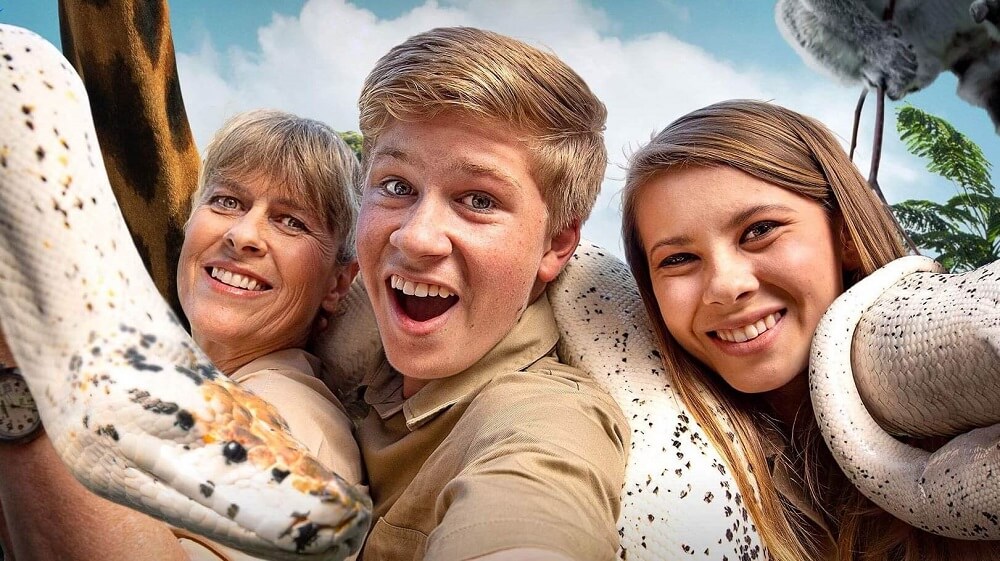Steve Irwin’s family has helped rescue over 90,000 animals, many of whom were endangered by ongoing Australian bush fires.
The late celebrity wildlife expert’s children, Bindi and Robert Irwin, saw patient number 90,000 treated at the family-owned Australia Zoo Wildlife Hospital in Queensland. Ollie, an orphaned platypus, is receiving round the clock care until he can be released back into the wild.
“With so many devastating fires within Australia, my heart breaks for the people and wildlife who have lost so much,” Bindi wrote on Instagram. “I wanted to let you know that we are SAFE. There are no fires near us @AustraliaZoo or our conservation properties.”
“Our Wildlife Hospital is busier than ever though,” she continued. “My parents dedicated our Australia Zoo Wildlife Hospital to my beautiful grandmother. We will continue to honour her by being Wildlife Warriors and saving as many lives as we can.”
The 21-year-old conservationist said that the animal hospital is currently “incredibly busy” and added: “together we can make a difference to help our planet.”
https://www.instagram.com/p/B60DXgHhqrK/
Wildlife Conservation
The Irwin family’s wildlife hospital has offered 24/7 rehabilitation services for the last 16 years. It has treated over 100 bats, along with flying foxes, possums, platypus, and many other species during the ongoing bush fires.
In addition to rescuing animals, team members at the hospital are also fundraising to construct drinking stations on-site. This is in response to the critical drought that contributed to the fires.
Wildfires and Climate Change
Dry weather and strong winds have spread the flames across Australia, particularly affecting New South Wales (NSW). Some experts have suggested that human-caused climate change is worsening the impact of the wildfires.
“Climate change is influencing the frequency and severity of dangerous bush fire conditions”, said the Australian Bureau of Meteorology. “Through influencing temperature, environmental moisture, weather patterns and fuel conditions.”
While climate change may not have started the fires, it drastically increases bush fire risk by lengthening the fire season. It also decreases precipitation and increases the temperature – causing drought.
“There are many drivers of wildfires, but its increasingly clear that hotter, drier conditions play a big role in making them worse,” Tweeted Zeke Hausfather, a climate scientist at Berkeley Earth.
Over 6.3 million hectares of bush, forest, and national parks have been burned by the fires and almost one-third of all koalas in the NSW region may have been killed.



